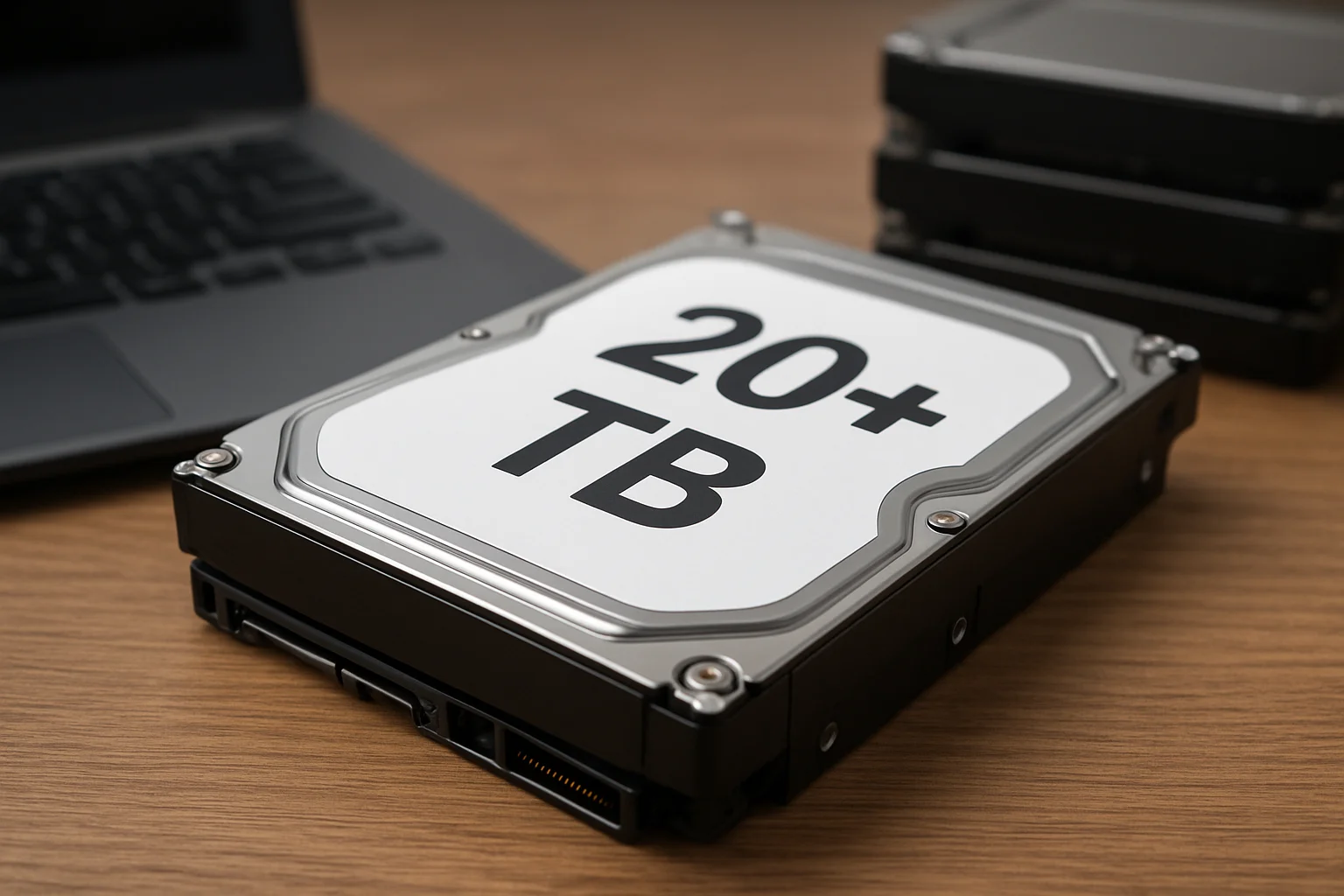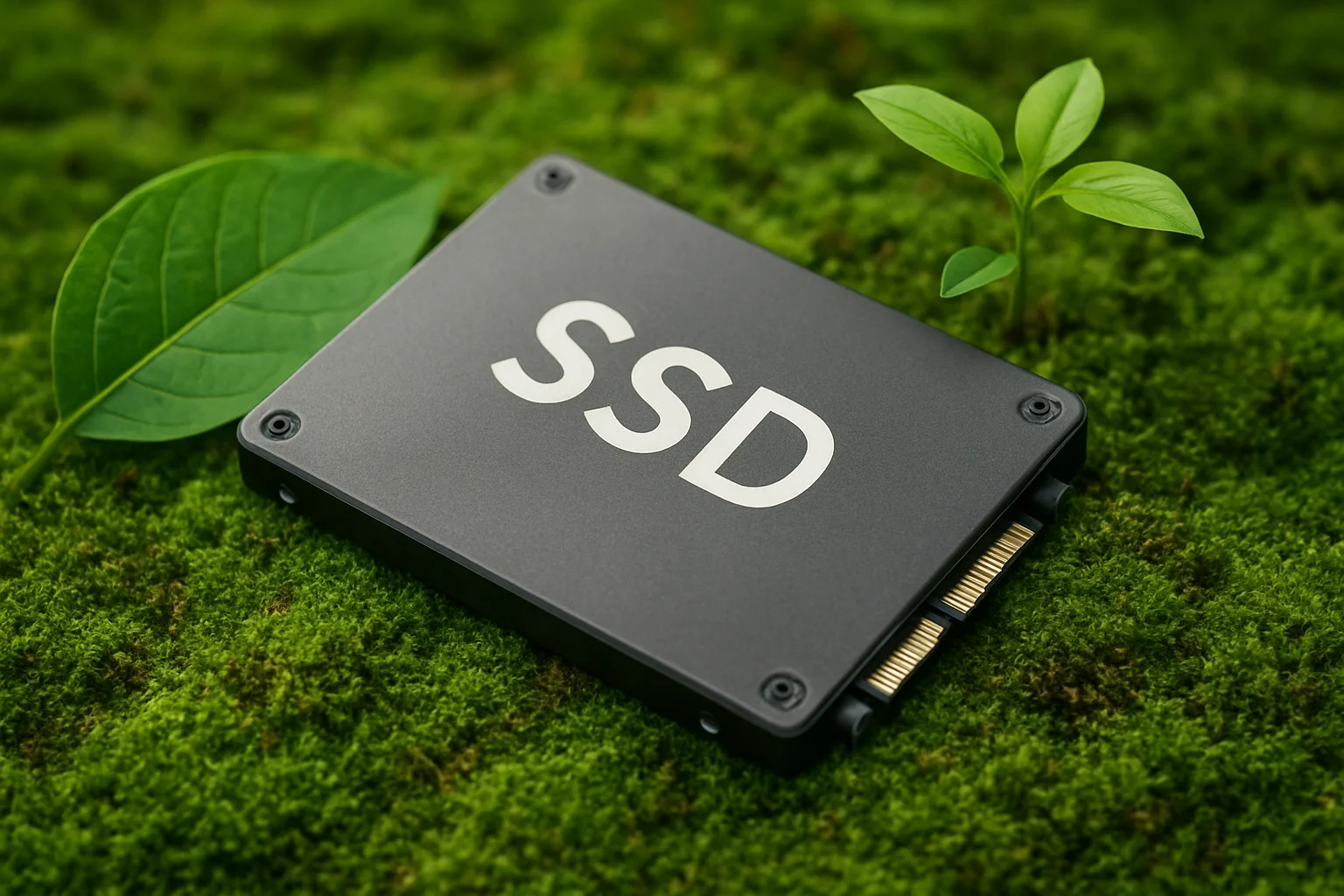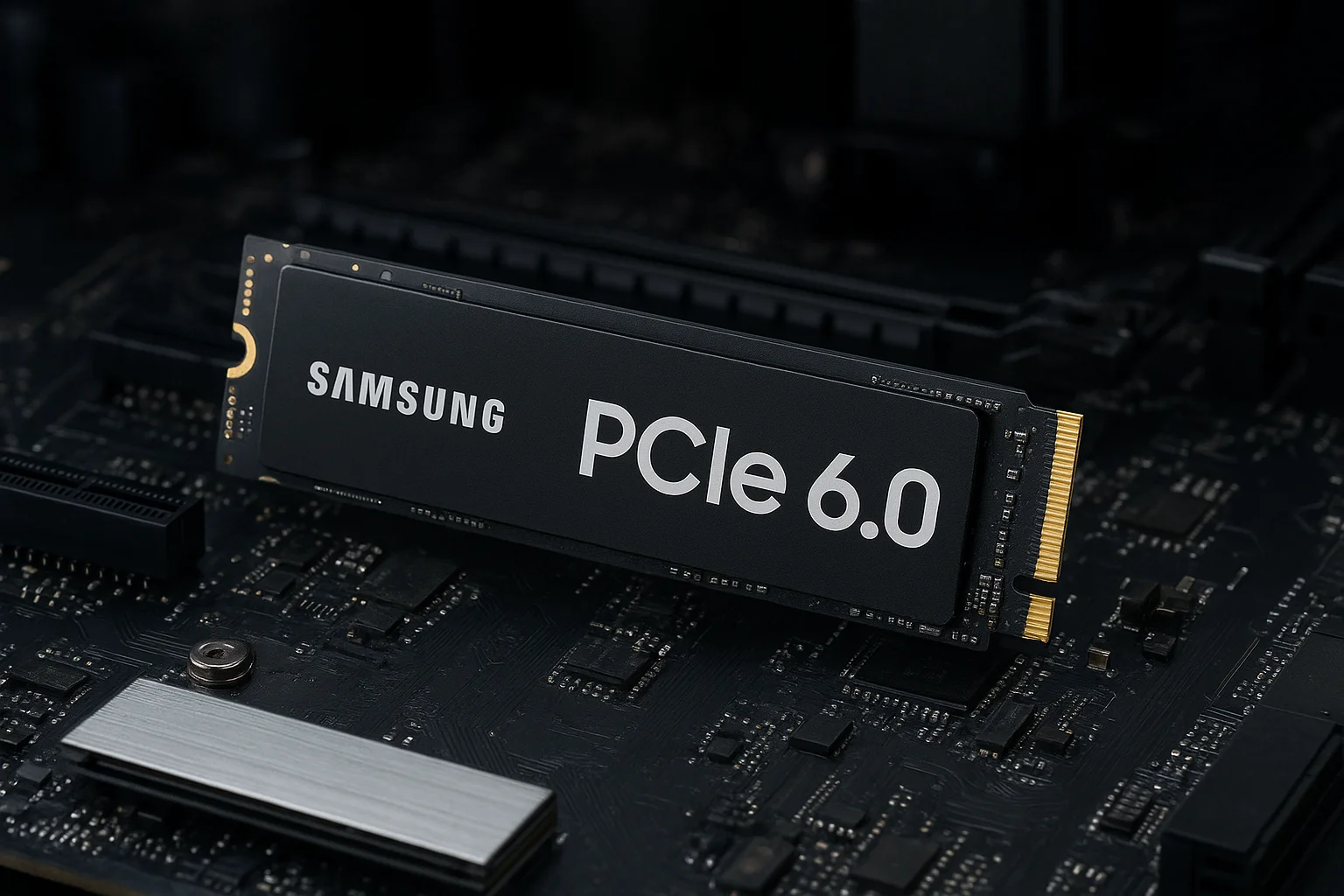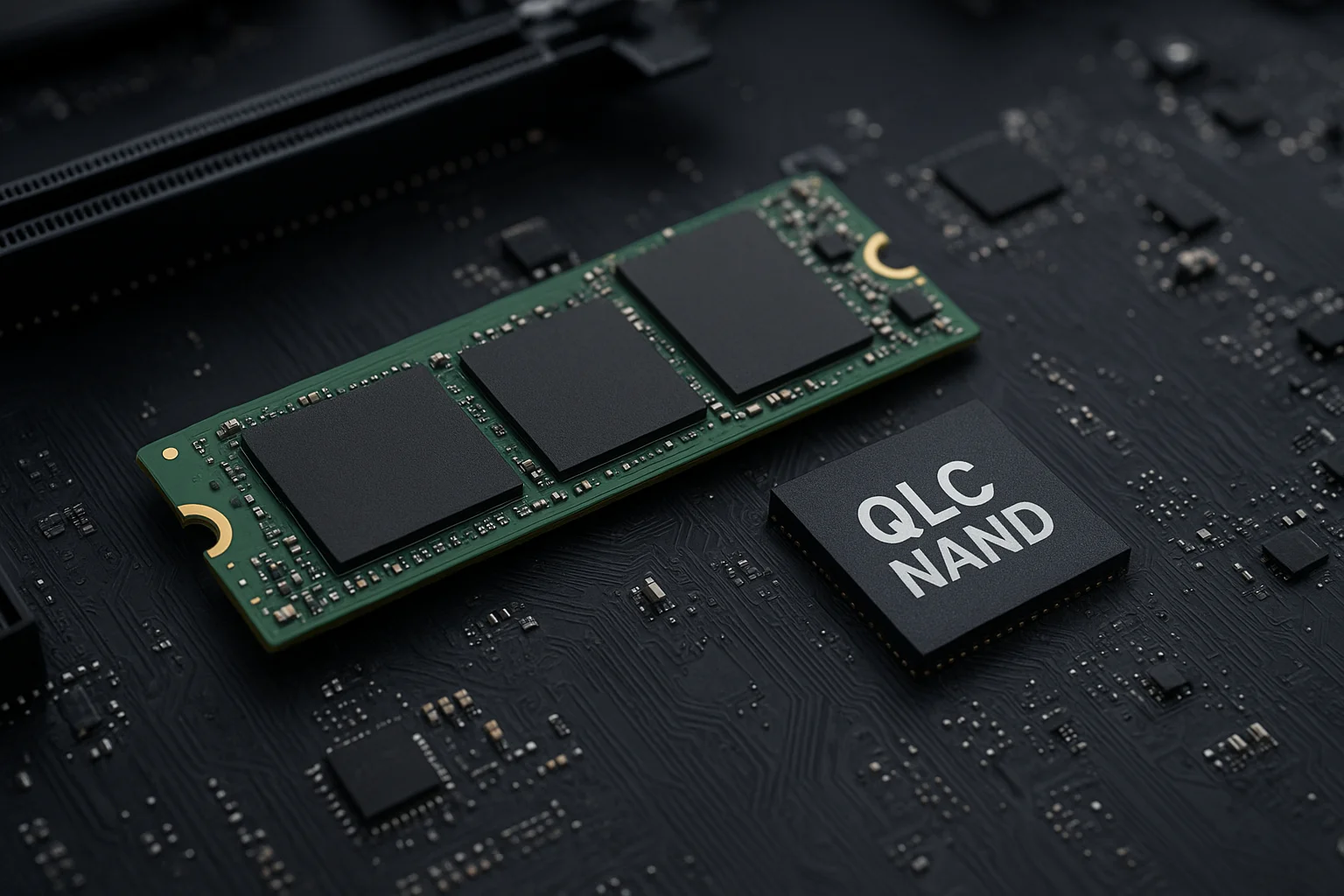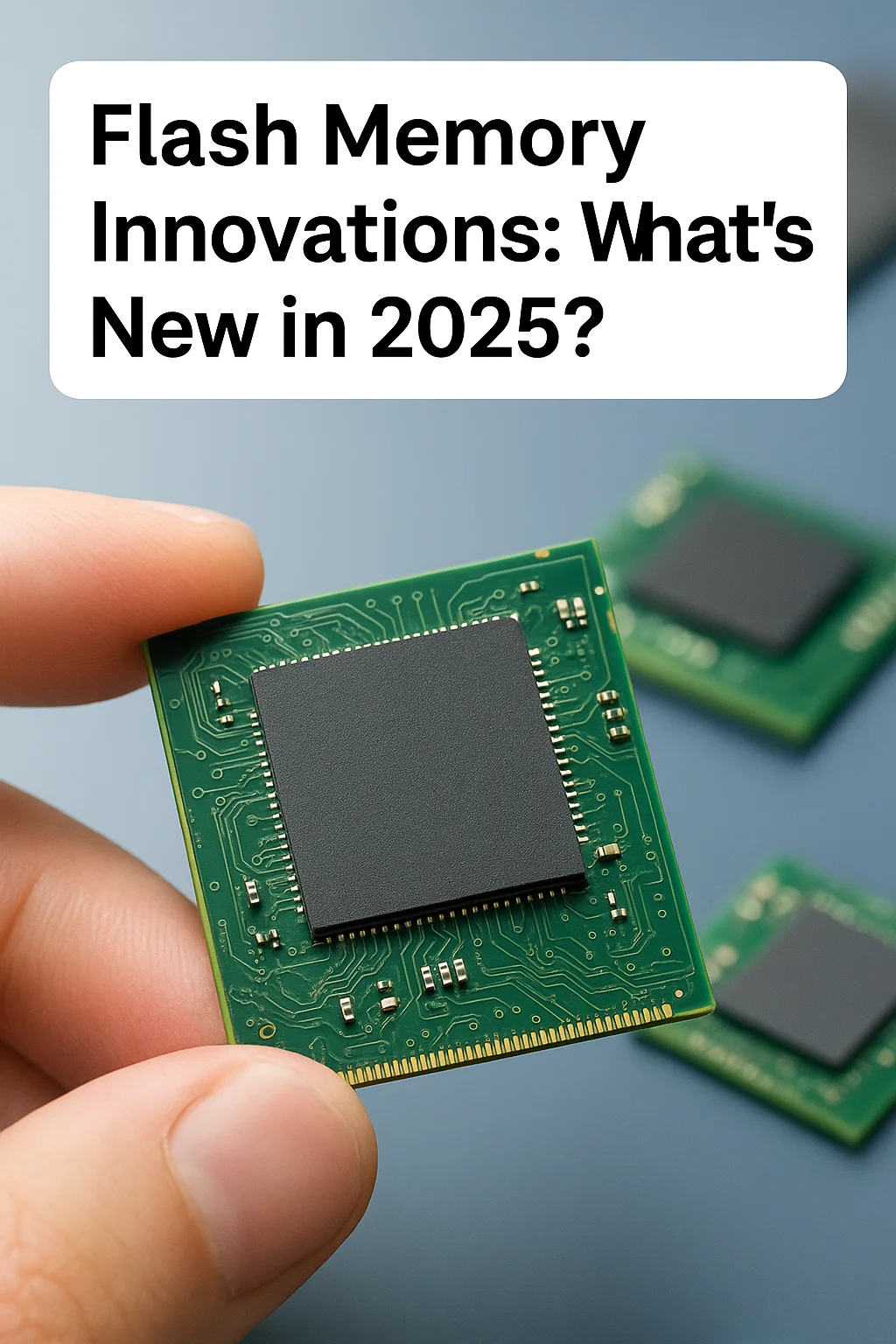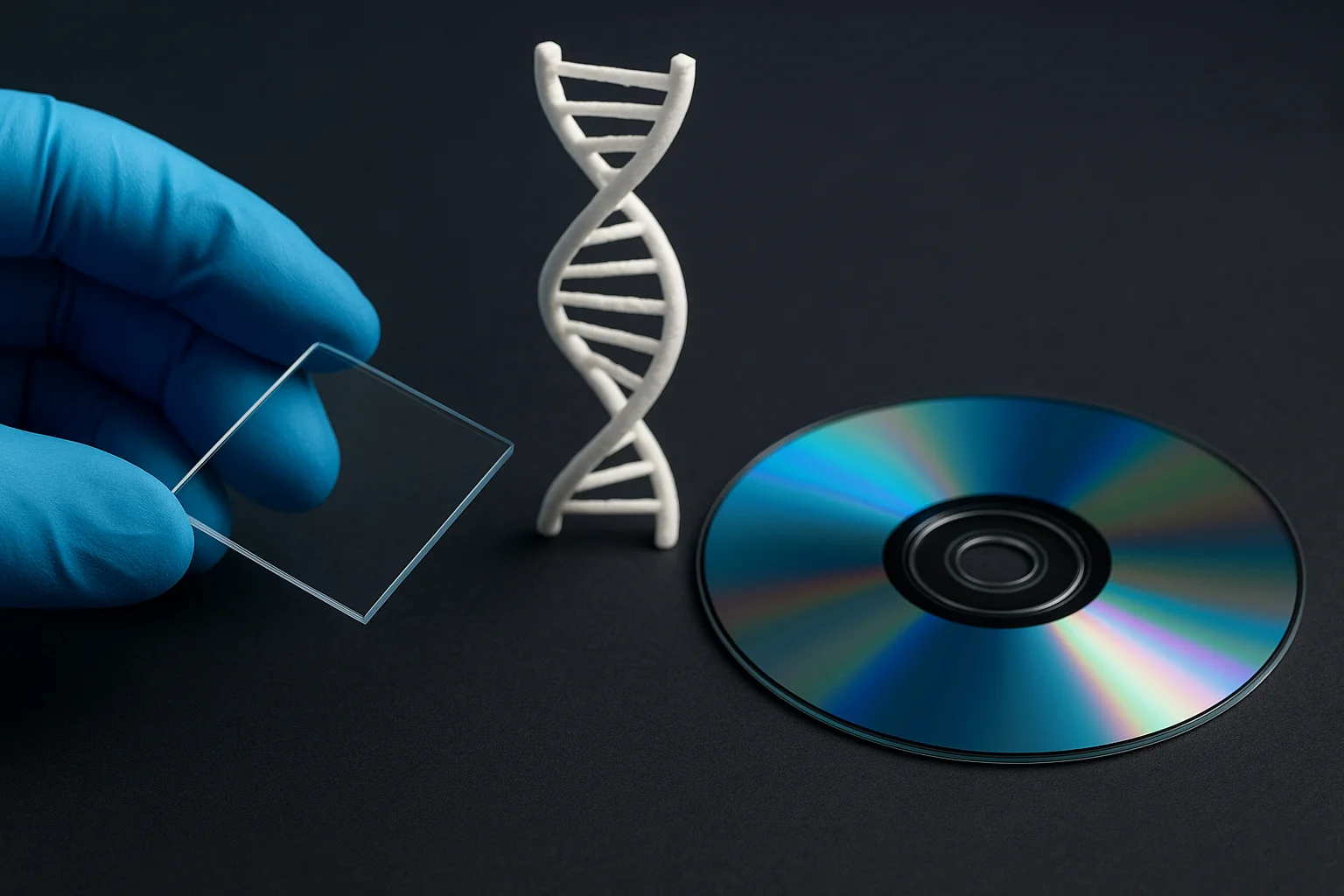Understanding High-Capacity Hard Drives
High-capacity hard drives, particularly those exceeding 20TB, represent the forefront of traditional spinning disk technology. Unlike standard drives, these HDDs achieve their enormous storage capacity through advanced data recording techniques such as Shingled Magnetic Recording (SMR) and Heat-Assisted Magnetic Recording (HAMR). SMR allows tracks on the disk to overlap slightly, effectively increasing the amount of data stored per platter, while HAMR uses localized heating to align magnetic grains more precisely, enabling even higher densities.
Another critical aspect of these drives is the use of multiple platters stacked inside a single drive enclosure. Modern 20TB+ drives often contain 7 to 9 platters, each capable of storing several terabytes. This high platter count increases storage without drastically enlarging the drive's physical footprint, which typically remains a standard 3.5-inch form factor.
These drives also incorporate enhanced error correction and vibration reduction technologies. As platter density rises, the margin for read/write errors becomes smaller, making reliable error correction algorithms essential for maintaining data integrity. Additionally, specialized motor and suspension designs help minimize vibrations from the multiple spinning platters, which can otherwise lead to read/write errors or reduced lifespan.
High-capacity drives often feature large cache memories, sometimes up to 512MB, to optimize sequential and random read/write performance. While they are not as fast as SSDs in terms of latency, this cache helps reduce performance gaps, particularly for large file transfers or streaming applications.
Finally, the interface technology remains a key factor in how effectively these drives perform. Most 20TB+ drives use SATA 6Gb/s or PCIe/NVMe bridges for high-speed connectivity in enterprise environments. Some enterprise-grade models even support dual-port SAS, which allows multiple servers to access the same drive simultaneously, enhancing both redundancy and throughput.
Performance vs. Capacity: What You Gain and Lose
When considering high-capacity hard drives, one of the main trade-offs lies between storage capacity and performance. As drive capacities exceed 20TB, the internal architecture becomes increasingly complex, which can impact data transfer speeds, latency, and overall responsiveness compared to smaller HDDs or SSDs.
One significant factor is rotational speed. Most ultra-high-capacity drives operate at 7,200 RPM, although some enterprise models may use 10,000 RPM. Higher RPM generally improves sequential read/write speeds, but these massive drives still exhibit higher latency than SSDs due to the mechanical movement of platters and read/write heads. For workloads requiring frequent random access, this can become noticeable.
Another consideration is data density per platter. While denser platters allow for enormous storage, they can also slightly slow down read/write operations, as the read/write head must navigate more tightly packed tracks. In practical terms, sequential file transfers remain efficient, but small, scattered file operations may experience slower response times.
High-capacity drives also produce more heat and consume more power under load compared to lower-capacity HDDs. This necessitates careful thermal management and can influence system design choices, especially in multi-drive arrays or densely packed NAS units. Enterprise models often include advanced firmware to balance performance with energy efficiency, but these optimizations cannot completely eliminate the physical limitations.
On the upside, large drives offer better cost efficiency per terabyte and reduce the number of drives needed for massive storage arrays. This can simplify management, reduce rack space requirements, and lower cumulative power and cooling demands compared to using multiple smaller drives to achieve the same total capacity.
Finally, caching mechanisms play a critical role in mitigating some performance drawbacks. Drives with large DRAM caches and intelligent read-ahead algorithms can improve throughput for sequential workloads, while technologies like command queuing help optimize performance when multiple read/write requests occur simultaneously.
Use Cases: Who Really Needs 20TB+ Storage?
High-capacity drives exceeding 20TB are not just for enthusiasts; they are increasingly valuable in professional and enterprise scenarios where massive amounts of data must be stored, accessed, and protected efficiently.
Content creators and media professionals are prime candidates for these drives. Video editors working with 4K, 6K, or 8K footage generate terabytes of raw material quickly, and high-capacity drives allow them to consolidate entire projects on a single drive. Photographers managing extensive image libraries also benefit from having fewer drives to organize and maintain.
Enterprise and data center environments rely on 20TB+ drives to handle large-scale storage needs with minimal physical footprint. Backup servers, archival storage, and virtualization platforms can reduce rack space and simplify storage management by using fewer high-capacity drives instead of dozens of smaller ones. This also improves energy efficiency and cooling requirements, which are critical at scale.
Another use case is research and scientific applications. Fields such as genomics, climate modeling, and astronomical research generate datasets that can easily surpass tens of terabytes. High-capacity HDDs allow research teams to store these enormous datasets locally, enabling faster access and analysis without relying solely on cloud storage.
Home users and tech enthusiasts with extensive personal media libraries or multi-drive NAS setups may also find value in these drives. For instance, users maintaining large collections of movies, games, or backups of multiple devices can benefit from fewer drives to manage and maintain, reducing noise, power consumption, and potential points of failure.
Finally, high-capacity drives are ideal for long-term archival storage. Organizations or individuals needing to retain historical data—such as legal documents, financial records, or creative work—can leverage the large capacity to minimize the number of drives and simplify redundancy strategies like RAID or multi-drive backups.
Cost Analysis: Is It Financially Worth It?
Investing in high-capacity hard drives exceeding 20TB often raises questions about cost-effectiveness. At first glance, the upfront price of a single 20TB+ HDD can seem steep compared to purchasing several smaller drives to achieve the same total storage. However, a closer analysis reveals several factors that can influence the overall value.
One important metric is price per terabyte. As drive capacities increase, the cost per terabyte typically decreases, making ultra-high-capacity drives more efficient in terms of raw storage. For example, while a 4TB drive may be relatively cheap individually, reaching 20TB with 4TB drives requires five units, each with its own casing, power consumption, and potential maintenance costs.
Another factor is operational costs. High-capacity drives reduce the number of units required, which can lower power consumption, cooling needs, and rack space. For enterprises and NAS users, this can translate into significant savings over time, especially when managing dozens or hundreds of drives in large storage arrays.
Maintenance and replacement costs also favor fewer, larger drives. Fewer drives mean fewer potential points of failure, simplified backup strategies, and reduced time spent on monitoring and replacements. While the replacement cost for a single 20TB+ drive is higher, the overall long-term operational efficiency can justify the investment.
It is also important to consider resale and longevity. High-capacity enterprise drives often come with extended warranties and are built to withstand heavy workloads, making them a safer investment for long-term storage needs. In contrast, using multiple smaller drives can increase the risk of individual failures and complicate data management over time.
Finally, for individual users or small businesses, the financial worth of a 20TB+ drive depends on storage requirements and usage patterns. If large, continuous storage is regularly needed, investing in a single high-capacity drive can be more cost-efficient than maintaining multiple smaller drives, even if the initial purchase price is higher.
